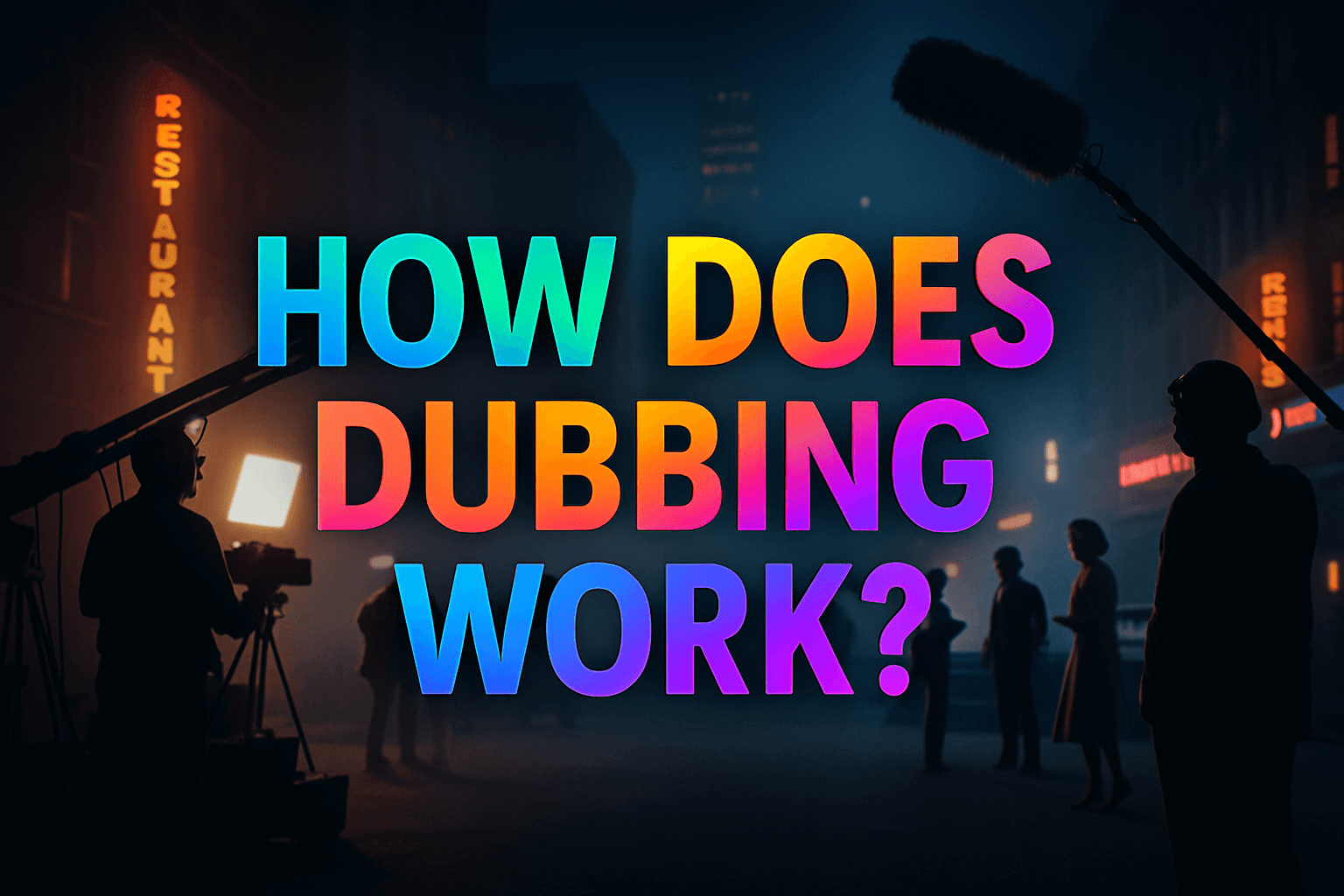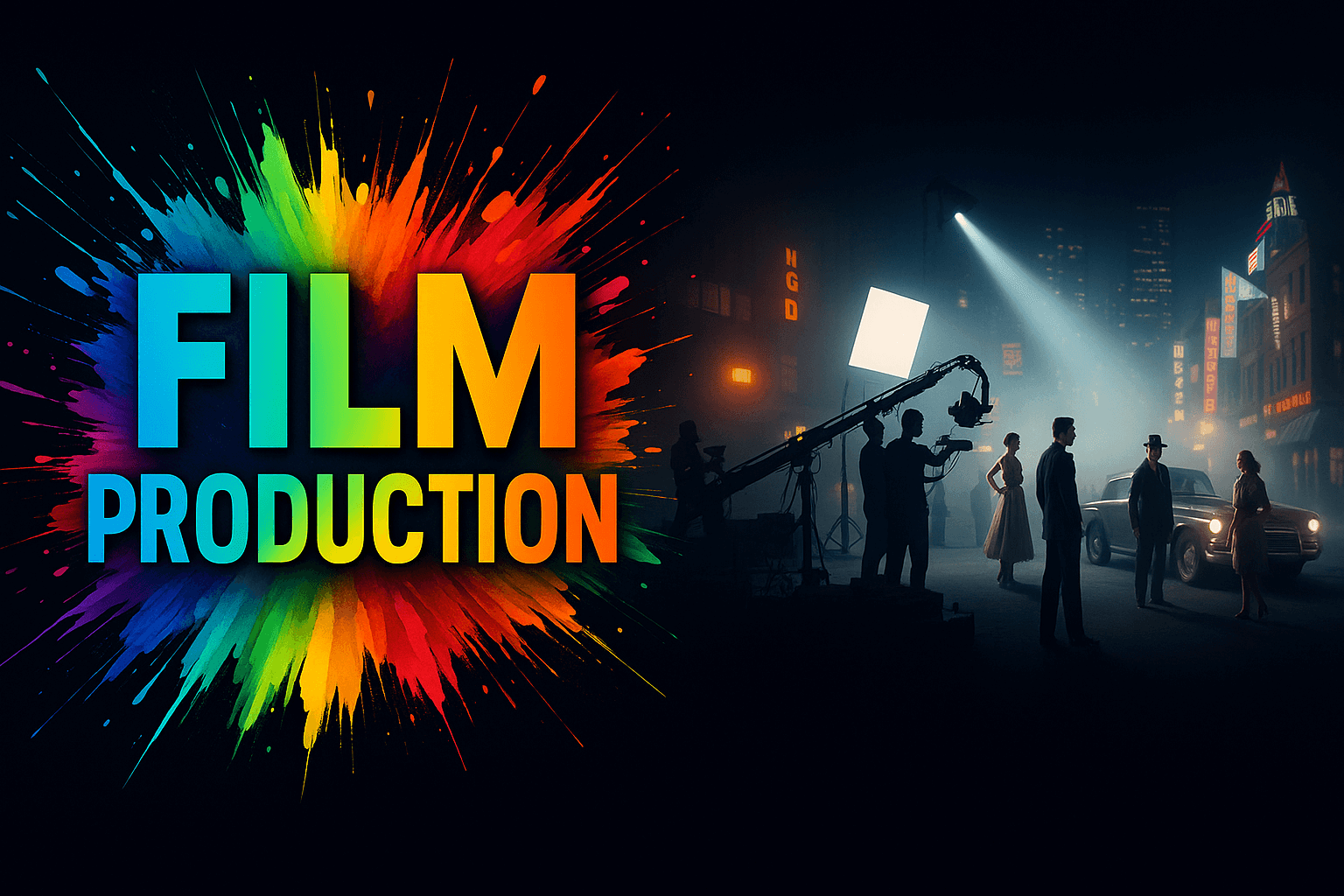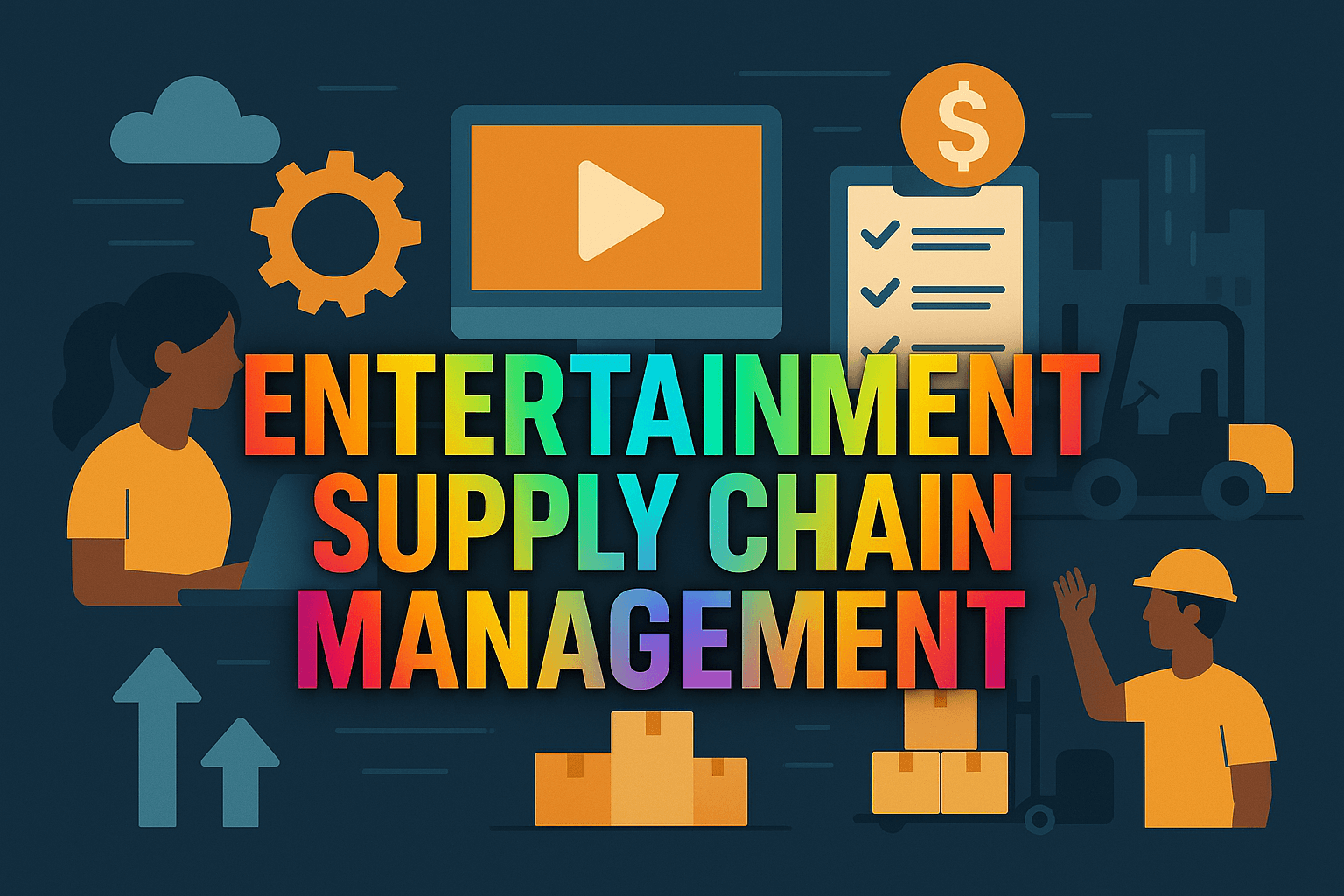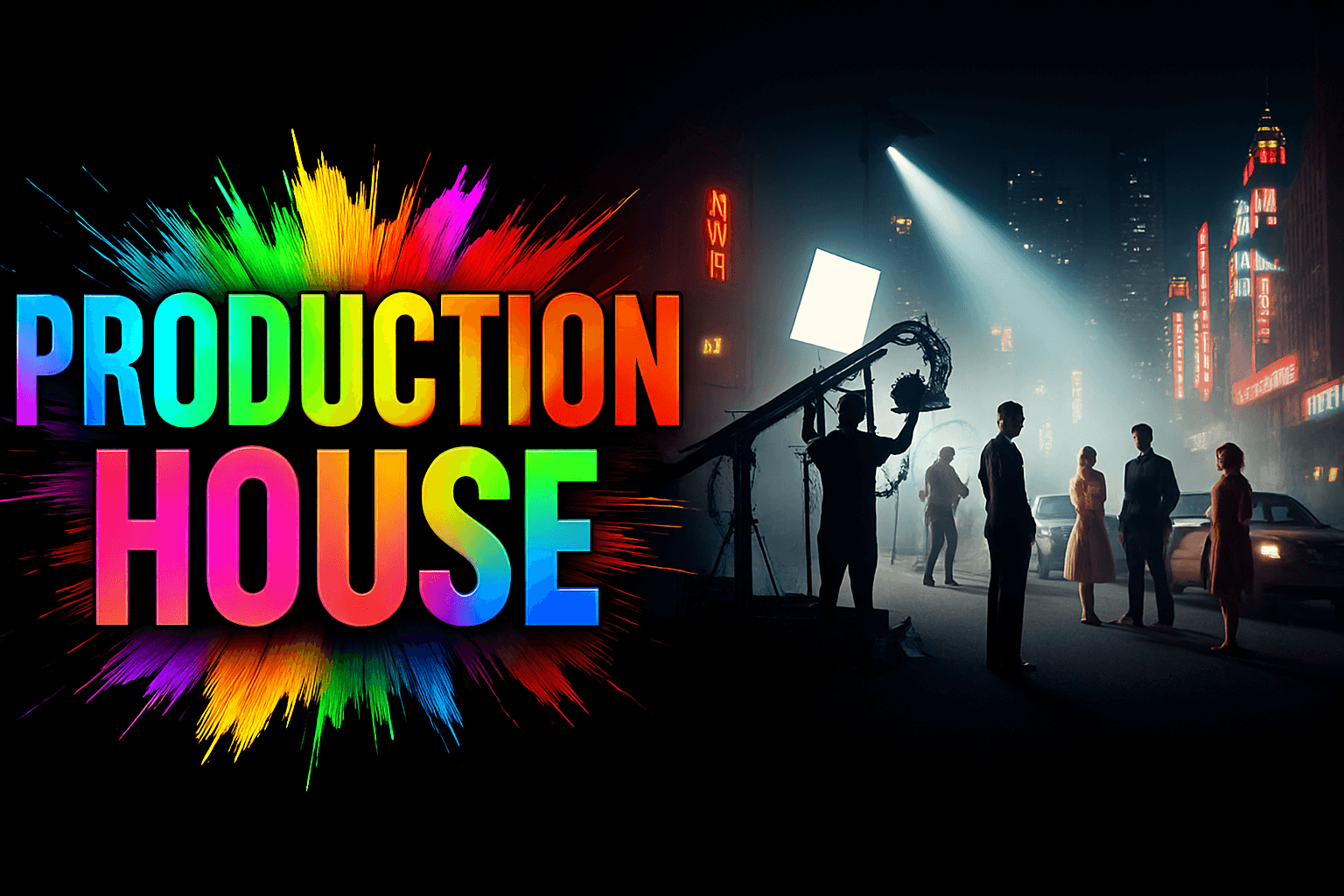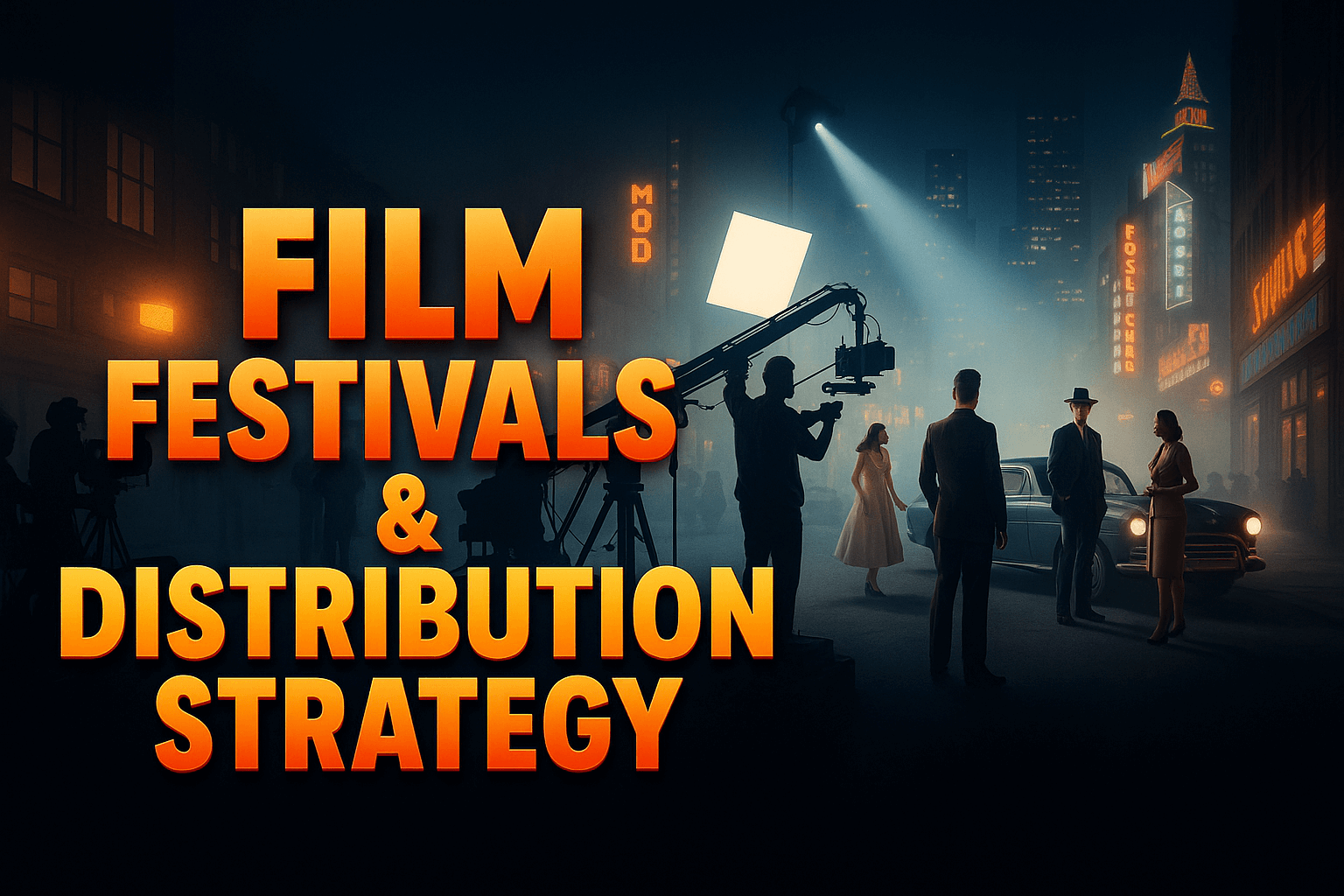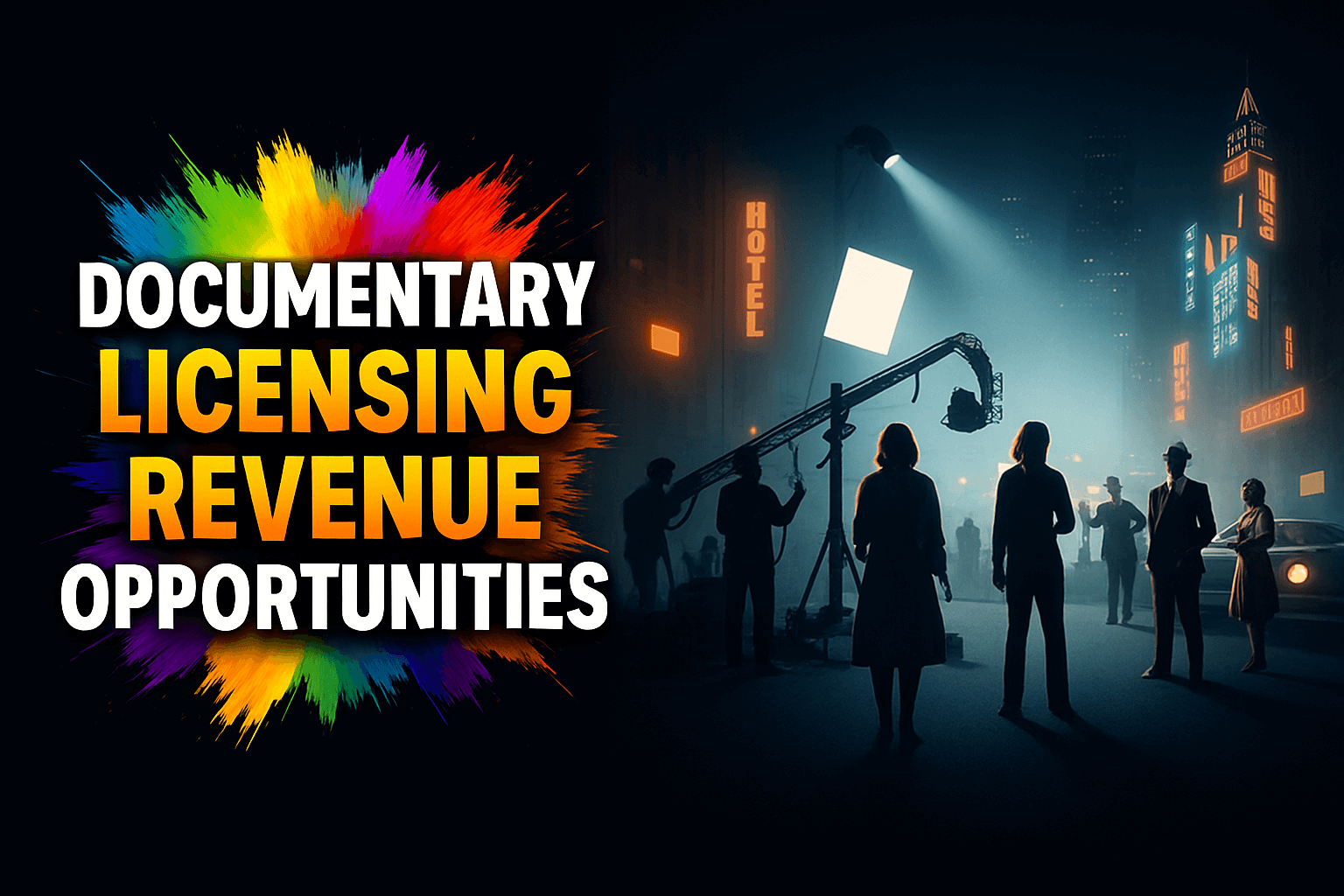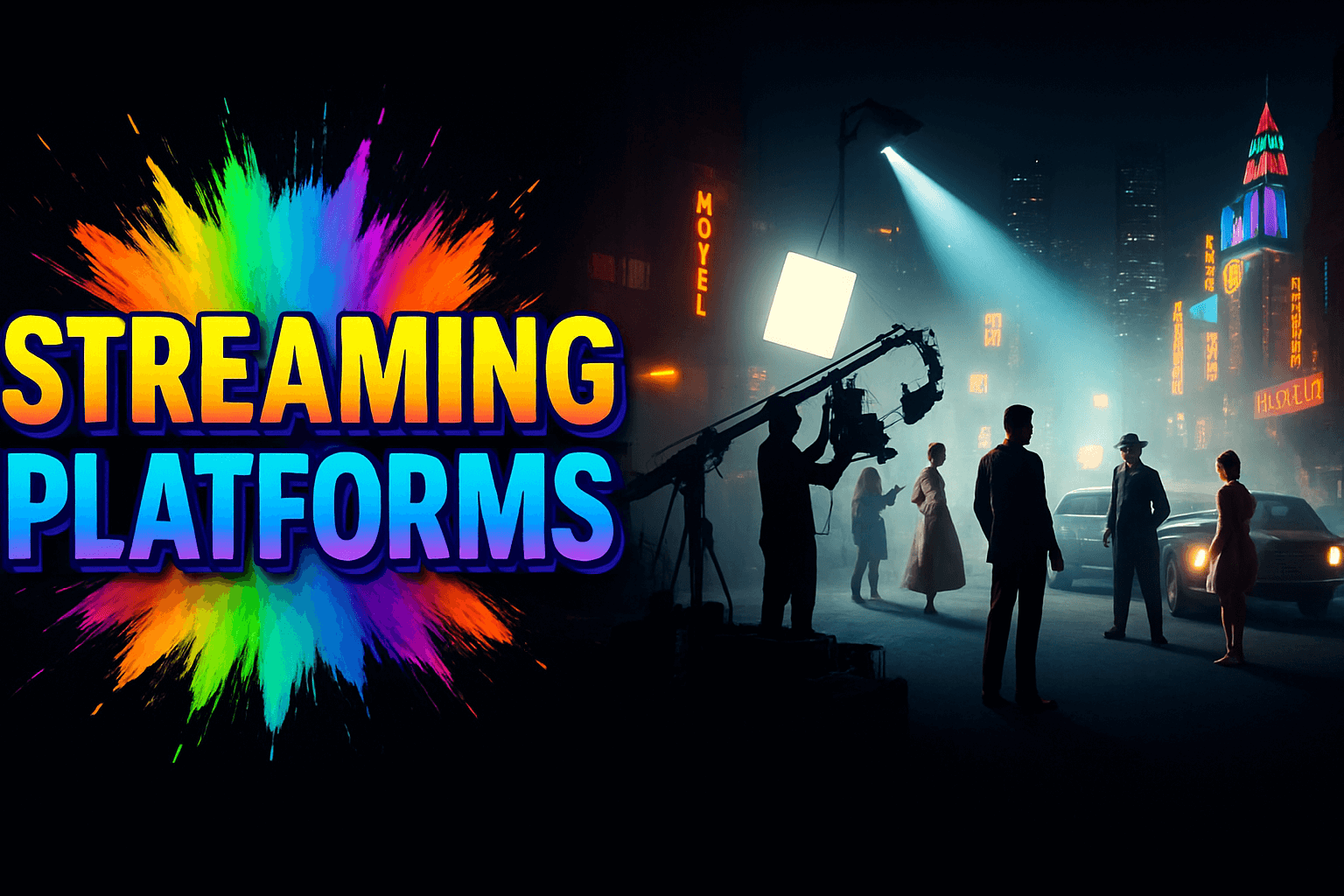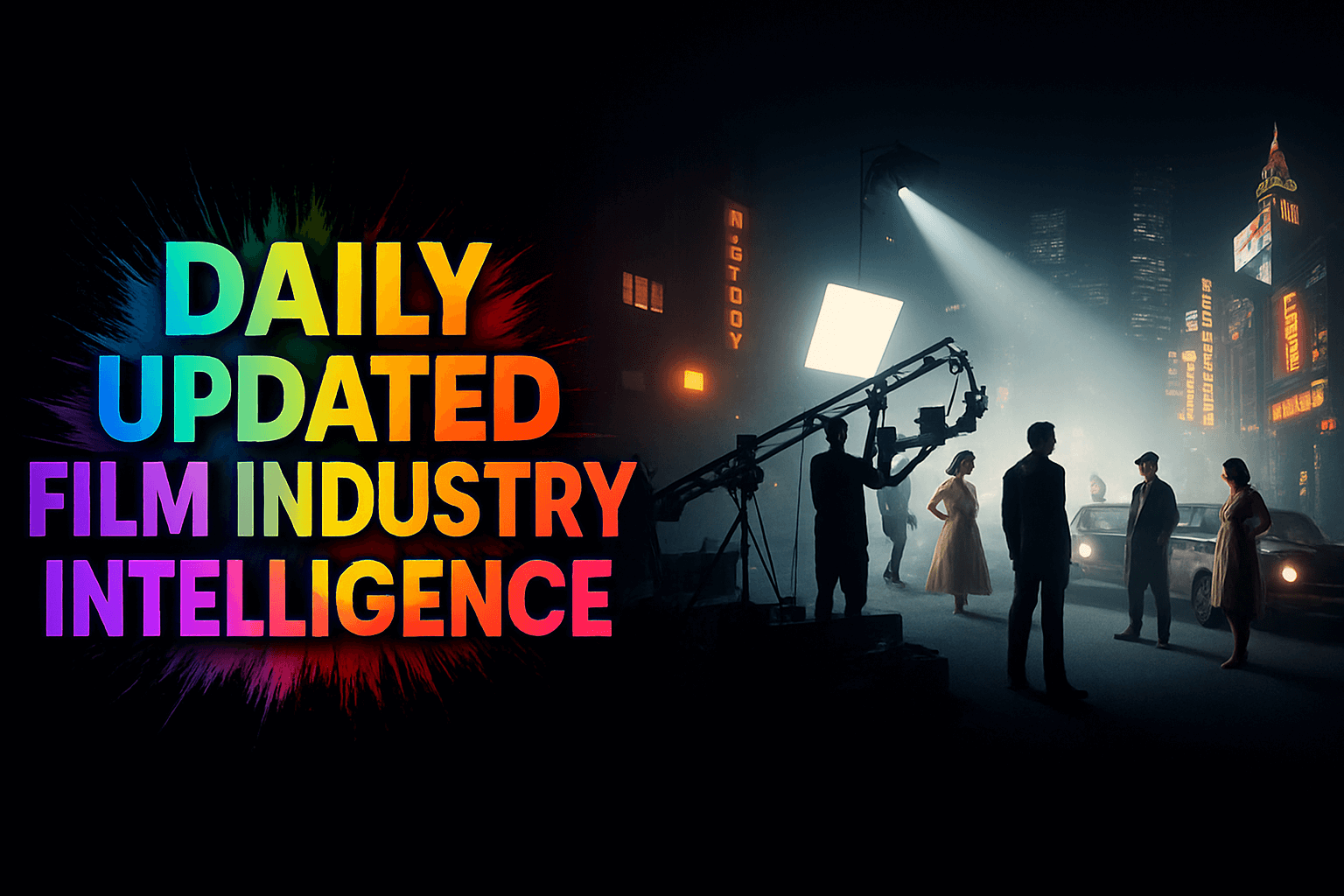Lighting and Shading VFX
Lighting and shading are crucial elements in the visual effects (VFX) process, significantly impacting the overall look, feel, and realism of your film. Choosing the right VFX studio to handle these aspects can be a daunting task, but it is essential for achieving the desired visual quality. This comprehensive guide will help filmmakers navigate the process of selecting the right lighting and shading VFX services for their projects.
Understanding the Importance of Lighting and Shading in VFX
Before diving into the selection process, it’s important to understand why lighting and shading are vital in VFX:
1. Realism and Integration
Proper lighting and shading make computer-generated imagery (CGI) blend seamlessly with live-action footage, enhancing realism. They help create the illusion that all elements belong in the same world.
2. Mood and Atmosphere
Lighting sets the tone and mood of a scene. Whether it’s a dark, ominous atmosphere or a bright, cheerful one, the right lighting and shading techniques can convey emotions and story elements effectively.
3. Visual Continuity
Consistent lighting and shading ensure visual continuity throughout the film, maintaining the audience’s immersion and belief in the narrative.

Looking for VFX
Experts or Projects?
Join Vitrina to Expand Your Global Entertainment Network
- Promote
Your VFX
Services. - Connect
with Vendors &
Studios Worldwide. - Discover
New Projects &
Opportunities - Find
Trusted VFX
Partners.

Defining Your Project’s Needs
To choose the right VFX services for lighting and shading, start by defining your project’s specific needs:
1. Artistic Vision
Identify the visual style you want to achieve. Is it photorealistic, stylized, or somewhere in between? Your vision will guide the choice of VFX techniques and the studio best suited for your project.
2. Scope of Work
Determine the scope of the lighting and shading work required. This includes the number of scenes, complexity of the environments, and the level of detail needed. Understanding the scope helps in finding a studio with the right expertise and capacity.
3. Budget and Timeline
Establish a realistic budget and timeline for the VFX work. Knowing your financial and time constraints will help narrow down your options and set clear expectations with the VFX studio.
Researching Potential VFX Studios
With a clear understanding of your project’s needs, begin researching potential VFX studios:
1. Portfolio and Showreel
Examine the studio’s portfolio and showreel. Look for examples of lighting and shading work similar to your project’s requirements. Pay attention to the quality, style, and range of their previous work.
2. Reputation and Experience
Consider the studio’s reputation and experience in the industry. Look for reviews, testimonials, and case studies. A studio with a strong track record and experience in similar projects is likely to be more reliable.
3. Technical Expertise
Ensure the studio has expertise in the specific lighting and shading techniques your project requires. This includes knowledge of the latest software and technologies, such as ray tracing, global illumination, and physically-based rendering (PBR).
4. Client References
Request references from previous clients. Speaking with past clients can provide valuable insights into the studio’s reliability, professionalism, and ability to meet deadlines.
5. Location and Accessibility
Consider the studio’s location and accessibility. While many VFX studios can work remotely, having one that is geographically close can facilitate easier communication and collaboration.
Looking for Global VFX Projects?
Create your profile on Vitrina!
- Promote your VFX studio.
- Connect with global studios.
- Showcase projects & clients.
- Find projects matching your expertise.

Understanding the studio’s workflow is crucial to ensure a smooth collaboration:
1. Communication and Collaboration
Effective communication is vital for any successful project. Assess how the studio plans to communicate with you throughout the project. Do they have a dedicated point of contact? How often will updates be provided?
2. Project Management
Inquire about the studio’s project management process. How do they handle deadlines, feedback, and revisions? A well-organized project management system can prevent delays and ensure the project stays on track.
3. Team Composition
Understand the composition of the studio’s team. Who will be working on your project? What are their qualifications and experience? A talented and experienced team can make a significant difference in the quality of the work.
4. Creative Input
Consider how open the studio is to creative input. A good VFX studio should be willing to collaborate with you and incorporate your ideas while providing their professional expertise.
Lighting and shading in VFX are highly technical fields, and several technical aspects should be considered:
1. Software and Tools
Ensure the studio uses industry-standard software and tools. This not only ensures quality but also compatibility with other stages of production. Common tools include Autodesk Maya, Blender, Houdini, and software for ray tracing like Arnold or V-Ray.
2. Rendering Capabilities
Inquire about the studio’s rendering capabilities. High-quality lighting and shading often require significant rendering power, especially for complex scenes with realistic lighting. Ensure the studio has the necessary hardware and software to handle your project’s rendering needs.
3. Security and Confidentiality
Given the competitive nature of the film industry, security and confidentiality are paramount. Ensure the studio has robust measures in place to protect your project’s sensitive information.
4. File Formats and Delivery
Clarify the file formats the studio will deliver. Ensure they are compatible with your editing and post-production workflow. Also, discuss the method and timeline for the delivery of final assets.
5. Scalability
Consider the studio’s ability to scale up if your project’s scope expands. Can they handle additional work if needed? A flexible studio can adapt to changing project requirements.
Financial Considerations
Budget is a critical factor in choosing a VFX studio. Here are some financial considerations to keep in mind:
1. Cost Estimates
Request detailed cost estimates from shortlisted studios. Ensure the estimates cover all aspects of the project to avoid unexpected expenses later.
2. Payment Terms
Understand the studio’s payment terms. What is the payment schedule? Are there any upfront costs? Clarify these terms to ensure they align with your financial planning.
3. Value for Money
While cost is important, it’s equally important to consider the value for money. Sometimes, paying a bit more for a higher-quality studio can result in better outcomes and fewer headaches down the line.
4. Hidden Costs
Be wary of hidden costs. Discuss potential additional expenses, such as extra revisions or unexpected changes, and ensure they are accounted for in the budget.
Legal Considerations
Legal aspects are often overlooked but are crucial in any professional collaboration. Here are some key points to consider:
1. Contracts and Agreements
Ensure there is a clear contract in place outlining the scope of work, payment terms, deadlines, and other critical aspects. A well-defined contract protects both parties and prevents misunderstandings.
2. Intellectual Property
Clarify the ownership of the final VFX assets. Ensure that the contract specifies that you retain the intellectual property rights to the work produced.
3. Confidentiality Agreements
If your project involves sensitive information, ensure that confidentiality agreements are in place. This protects your project’s details from being disclosed to third parties.
Summary
Lighting in VFX refers to the process of simulating light sources within a scene to create the desired illumination and shadows. Shading, on the other hand, involves defining how surfaces interact with light, determining their color, texture, and reflective properties to achieve realistic or stylized looks.
Review their portfolio and showreel, paying close attention to the lighting and shading in various scenes. Look for consistency, realism, and how well CGI elements blend with live-action footage. Client testimonials and case studies can also provide insights into the quality of their work.
Key skills include a strong understanding of light physics, color theory, and material properties. Proficiency in industry-standard software like Autodesk Maya, Blender, Houdini, Arnold, or V-Ray is essential.
Lighting and shading are crucial for creating mood, atmosphere, and realism in a film. They enhance the depth and dimension of scenes, ensure consistency across shots, and help integrate CGI with live-action footage, making the visuals more believable and engaging.
Clearly communicate your artistic vision, reference styles, and specific scenes requiring attention. Discuss the level of detail and realism desired, the scope of work, budget constraints, and deadlines. Providing visual references can help the studio understand your expectations better.
















































